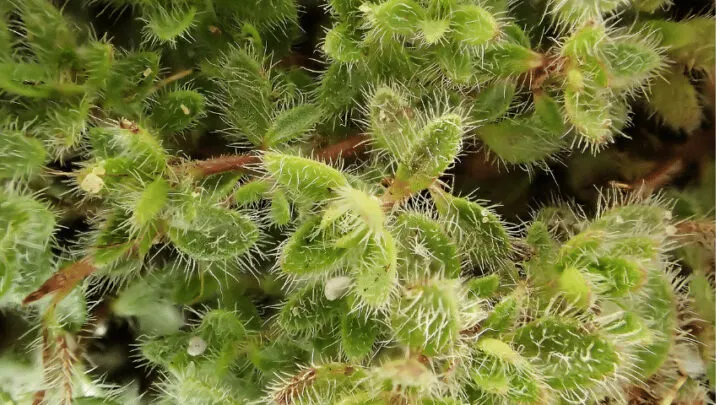You may add a variety of plants with fuzzy leaves and blossoms to your garden.
These plants are beautiful and soft to touch and beautify your landscape.
Such plants can be planted outdoors and indoors.
These plants usually have velvety leaves and add an extra dimension to your arrangement.
Table of Contents
10 Fuzzy Plants
Different plants can be categorized as fuzzy plants either due to their soft leaves or flowers. Some of them are listed below:
- African Violet (Saintpaulia ionantha)
- Dusty Miller (Senecio cineraria)
- Iron Cross Begonia (Begonia masoniana)
- Angel’s Hair Artemisia (Artemisia schmidtiana)
- Hyacinth (Hyacinthus orientalis)
- Chenille Plant (Acalypha hispida, A. pendula)
- Fountain Grass (Pennisetum spp.)
- Jerusalem Sage (Phlomis fruticose)
- Bear Paw Jade (Crassula pubescens subsp. Rattrayi)
- Green Goddess (Echeveria ‘Haageana’)
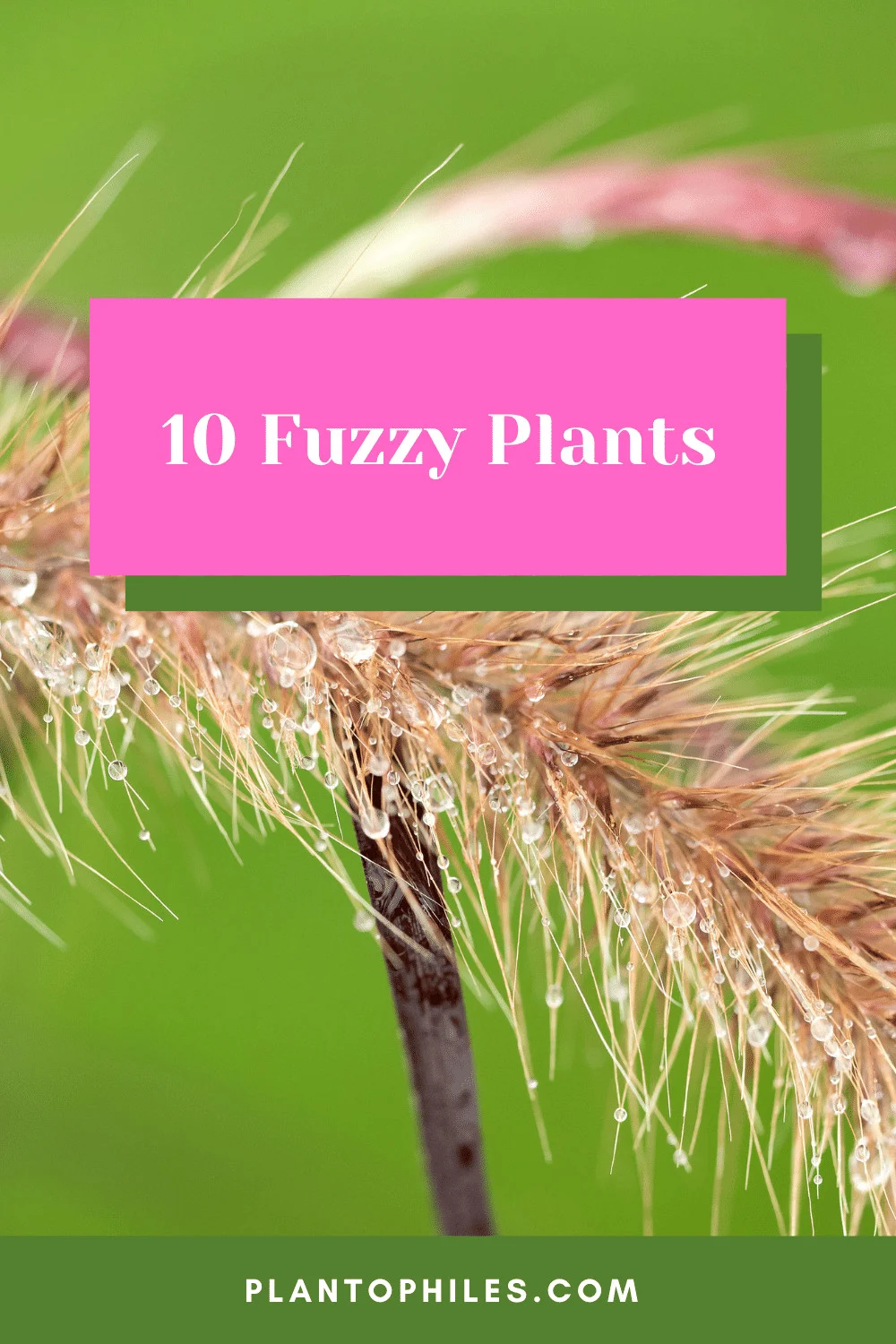
Looking Deeper into 10 Fuzzy Plants
All of these plants have varied and special features.
Some of them are known for their soft leaves, while others are known for their beautiful soft flowers.
Their appearance also adds to their fuzzy characteristics.
Following are the identification and basic survival needs for fuzzy plants:
1. African Violet
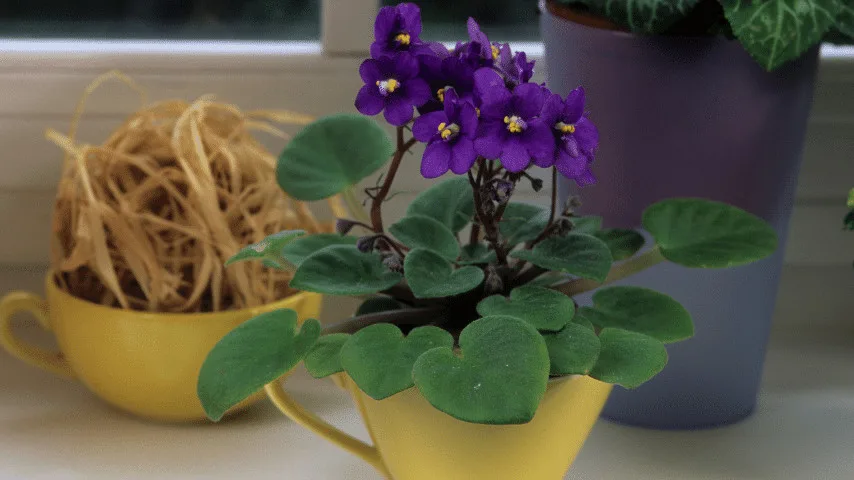
African violet (Latin Saintpaulia ionanth) is an attractive flowering plant with fuzzy soft leaves and blooms all year round according to the University of Minnesota.
They are high-maintenance as they are picky about watering, soil, and the environment. They
hey need lukewarm water and can die because of overwatering.
The flowers appear in the form of clusters of white, purple, or blue. The plant does not like too much touching.
Although it is soft, avoid touching the leaves again and again.
Apart from that, they prefer indirect sunlight because too much heat and direct sunlight can burn the leaves.
2. Dusty Miller
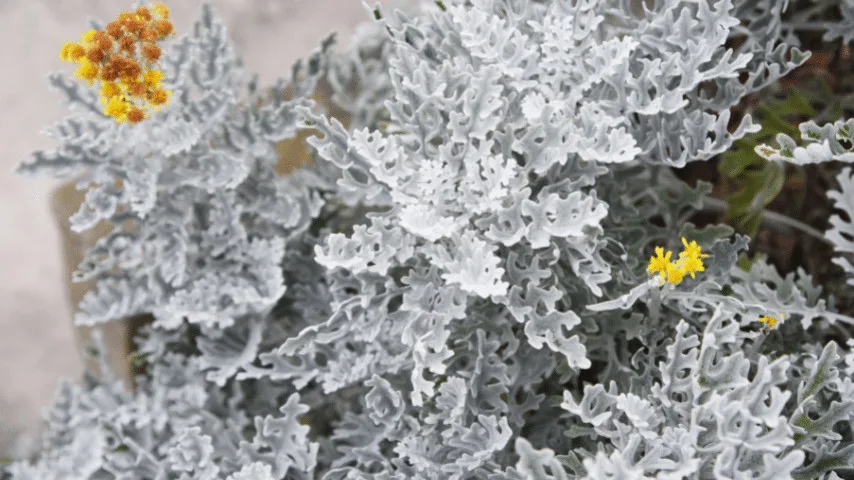
Dusty Miller (Latin Centaurea cineraria) is known for its aesthetic and eye-catching beautiful silver-gray foliage.
Its moderate temperature range ranges from 40-80°F (4-27°C) and requires low to average humidity.
Fertilizer should be used every 2 to 3 weeks and the soil should be well-drained.
Apart from that, dusty miller has many medicinal benefits, e.g., it helps in the menstrual cycle, migraine, headaches, and spots before the eyes.
3. Iron Cross Begonia
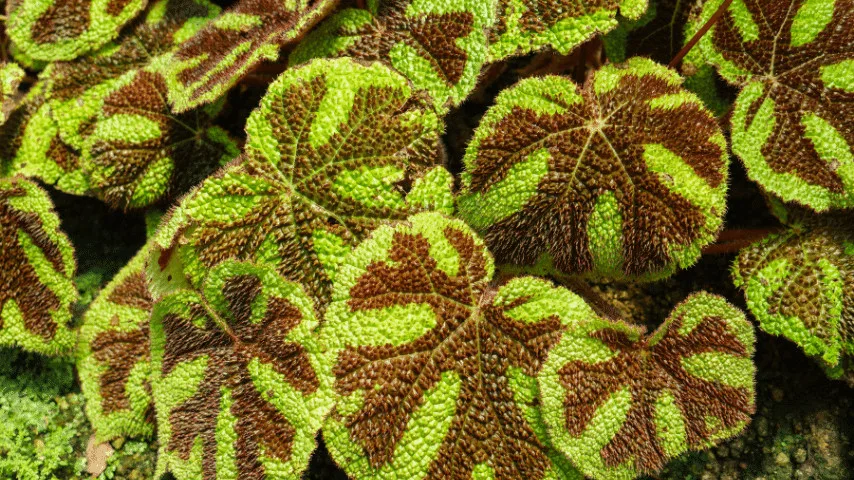
Iron cross Begonia (Begonia masoniana) is a perennial houseplant and is known for its unique leaf design.
It has big green leaves with dark centers that resemble an iron cross hence the name.
The plant grows best in moderate temperatures below 70 degrees Fahrenheit (21°C) but cannot tolerate temperatures lower than 55 degrees Fahrenheit (13°C).
It demands organic, nutrient-rich soil with a pH of 6.1 to 6.5. It should not be over-watered and requires high humidity.
4. Angel’s Hair Artemisia
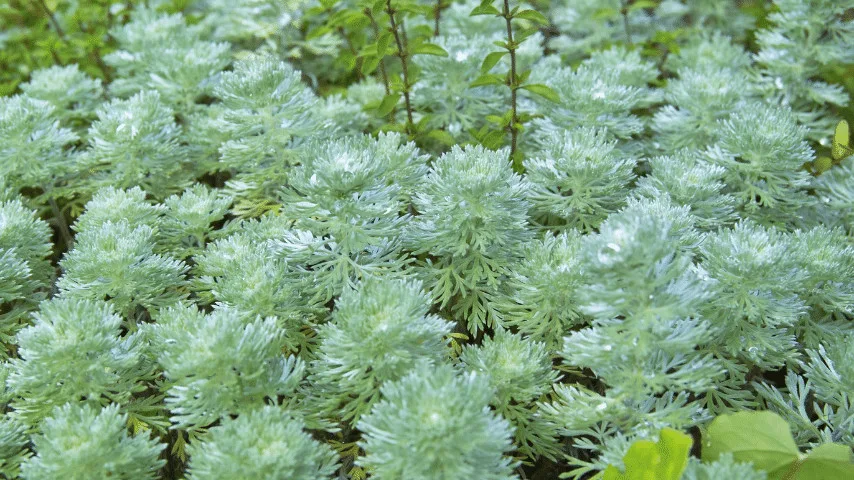
Angel’s hair (latin name Artemisia schmidtiana Maxim) is usually used as a border plant in gardens because of its silver-gray foliage and white blooms during the summer.
These plants thrive in sunny and dry environments and require little watering after the plant has been established.
They often need pruning and can survive winter. They are drought tolerant but increase watering in case of extreme heat.
It can survive fluctuations in soil types and grows up to 1 to 3 feet under optimal conditions (30-90 cm).
5. Hyacinth
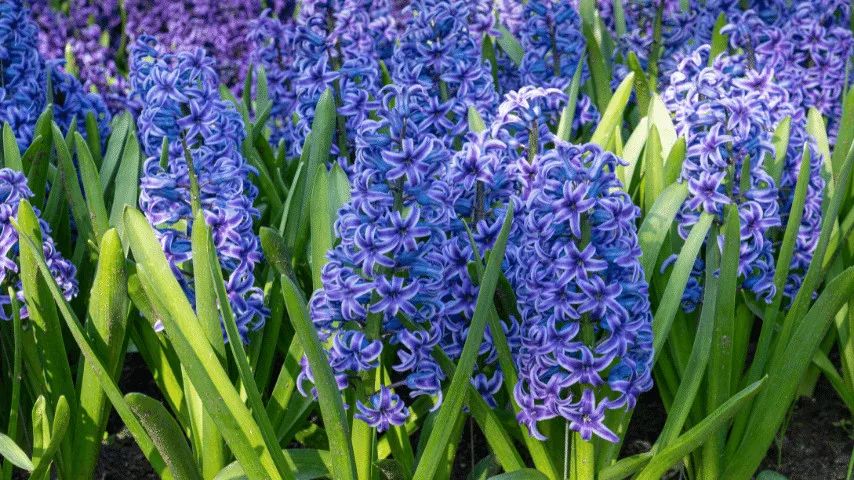
Hyacinths (Latin name Hyacinthus orientalis) are beautiful, oval-shaped flowering plants with scented blooms.
Their blooming period is relatively short, after which the plant becomes dormant. They are usually grown outdoors but can also be planted inside.
Hyacinths require moist, loose, and well-drained soil. The ideal growing condition is full sunlight, but they also need shade or half-sun.
The bulbs of hyacinth should be chilled before planting in warm climates.
6. Chenille Plant
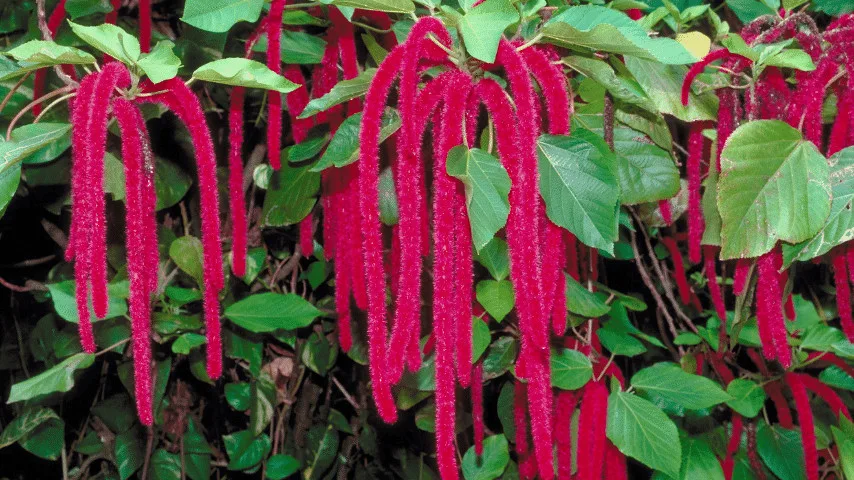
Chenille plant, scientifically known as Acalypha hispida,
A. pendula, is a flowering shrub that grows best in warmer weather and should be kept inside during winter.
It is known to be mildly poisonous to humans, so one should refrain from eating it.
Full sun or partial shade is needed and produces red flowers during the blooming season.
It can slightly resist drought but dies in salt. The soil types ideal for the chenille plant is loam, clay, and sand.
It is usually repotted in the spring season.
7. Fountain Grass
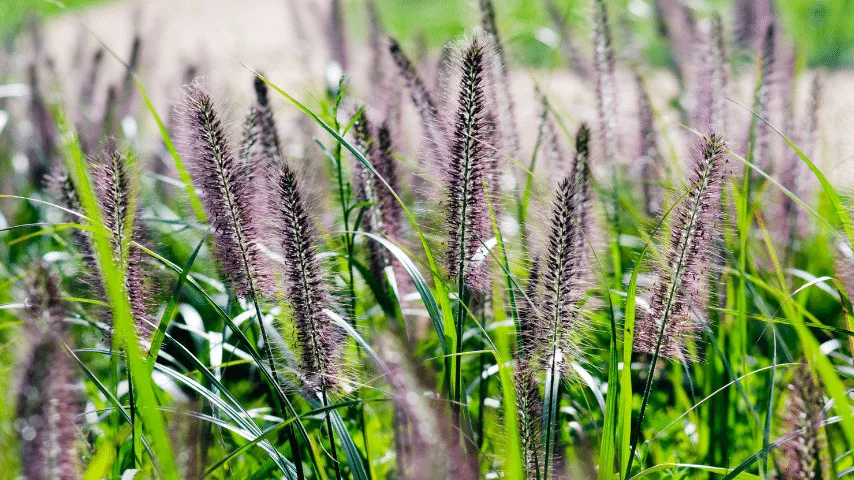
Fountain grass is a beautiful shrubby plant that produces shiny green leaves that turn yellow during the fall.
Soft grass is a good choice for gardens and landscaping. The grass can grow up to 8 feet, and the flower colors are white, pink, and red.
It requires healthy, well-drained soil to thrive but can also tolerate fluctuations.
Fountain grass does not need regular watering except for extreme heat conditions. It thrives in full sun and can also tolerate light shade.
8. Jerusalem Sage

Jerusalem sage is a fuzzy, fast-growing, flowering plant with bright yellow flowers and is 3 to 4 feet tall.
The stems of Jerusalem sage are woody stems and flowers during the late spring and early summer.
It can be planted in containers or vegetable gardens combined with other flowers to increase the visual appeal of the garden.
It is a fuzzy shrub and requires full sun or partial shade.
The plant needs well-drained and fertile soil and drought resistance and poor soil quality.
It requires an organic and balanced fertilizer after the plant has grown at least six inches in height.
9. Bear Paw Jade
Bear paw jade is a small plant with its soft leaves clustered together that grows up to 6 inches.
The leaves are bright green when grown in full sun. It is a succulent plant and can die in too much water, so it is best to keep it in dry soil.
Unlike many succulents, it cannot be propagated from the leaves, but it is relatively fast-growing.
It has hairy leaves that store water in them to give it a velvety feature. These plants require as much sunlight as possible due to their similarity to cactus.
10. Green Goddess
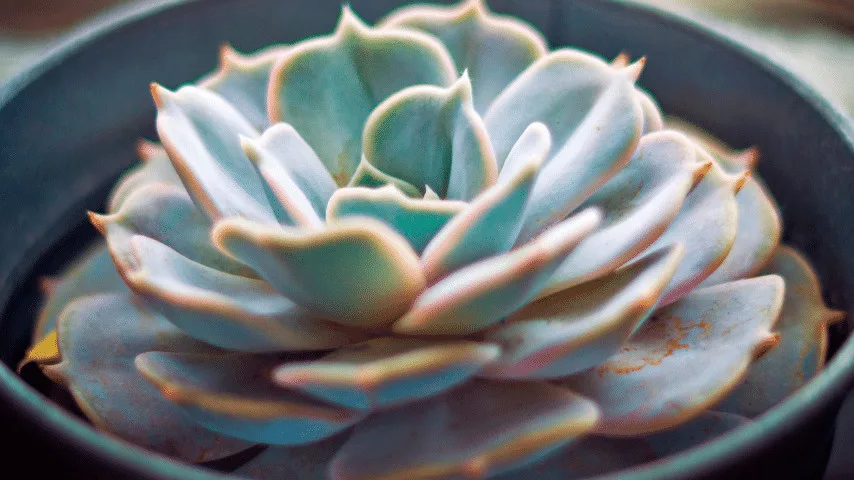
Green goddess, scientifically known as Echeveria haageana, is a succulent plant with pointed, frosty leaves.
The leaves are clustered together like a rose. They like dry environments and cannot survive excess water.
They require pruning of dead leaves, which can attract pests or bugs.
Apart from that, dead roots should also be removed at the time of repotting, and fungicides should be used if there are any signs of fungal infections.
Green goddess grows best in warm weather, and it is ideal to repot it during late spring, just before the growing season.
It should be planted on soil that drains properly and watered only when dried out.
Since it is a succulent plant, it needs direct exposure to sunlight for at least 6 hours each day.
Failing to provide adequate sunlight can damage the plant.
FAQ
Can the Green Goddess grow in the dark?
Some Green Goddess plants only thrive in full sunlight, but some species can tolerate partial shade. But excessive shade can cause the plant to rot.
Is Jerusalem Sage edible?
Jerusalem sage is often mistaken for being an edible herb. In reality, it is not edible.
Is the Chenille plant poisonous to animals?
The Chenille plant is not poisonous to cats or dogs, but it is mildly toxic for humans and should be kept away from children.
How long do African Violets live?
African violets can live up to 50 years if they are appropriately taken care of.

